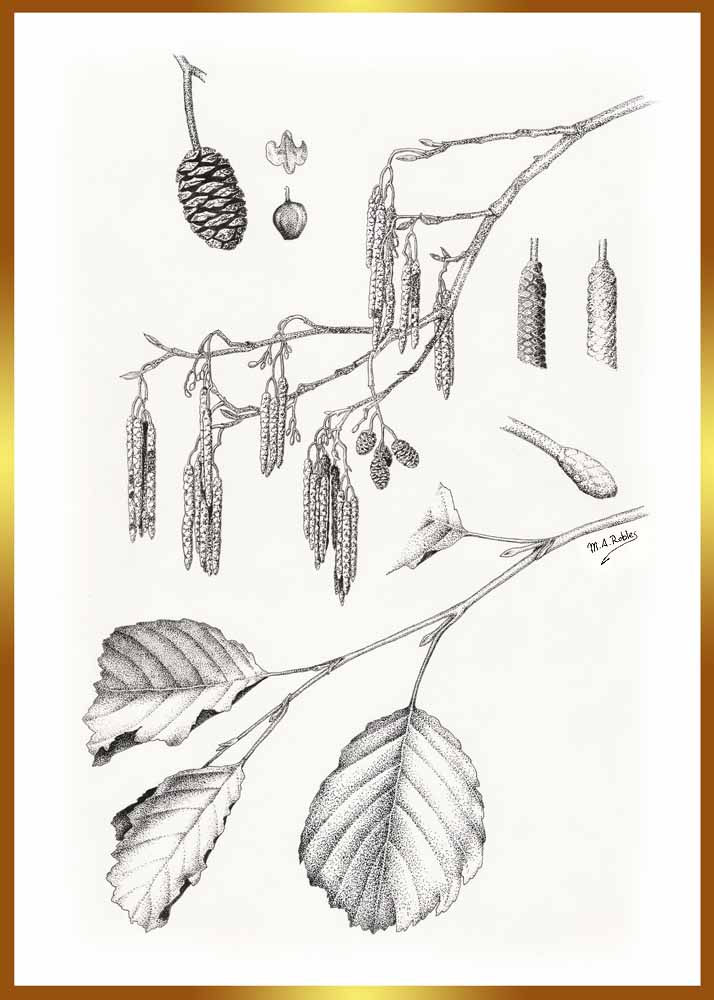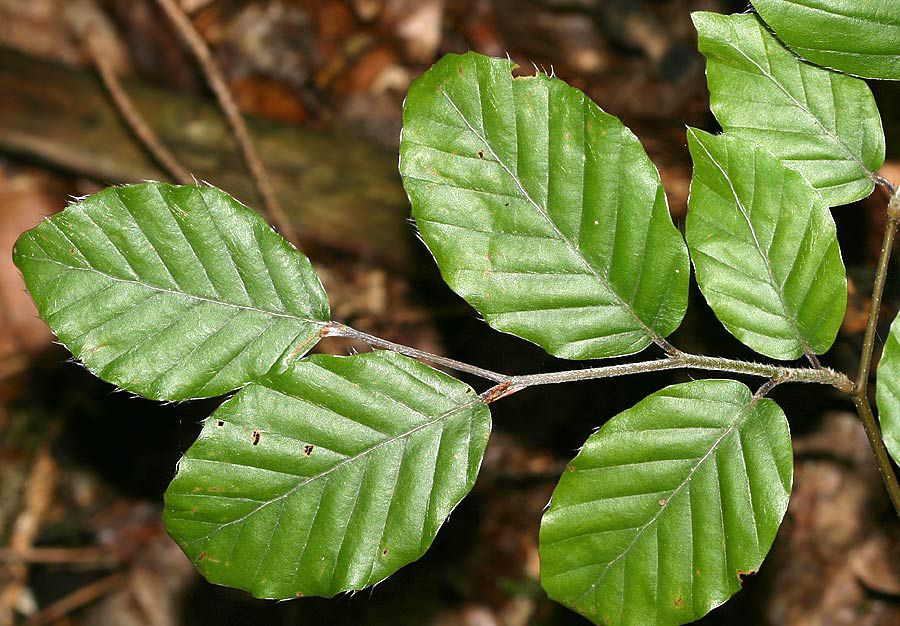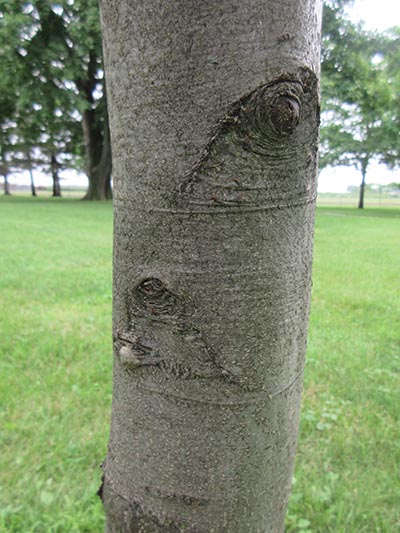30th December 2022
Operating Systems⚑
Linux⚑
Linux Snippets⚑
-
New: Download TS streams.
Some sites give stream content with small
.tsfiles that you can't download directly. Instead open the developer tools, reload the page and search for a request with extension.m3u8, that gives you the playlist of all the chunks of.tsfiles. Once you have that url you can useyt-dlpto download it.
Other⚑
-
New: Introduce the Alder tree.

Alders are trees comprising the genus Alnus in the birch family Betulaceae (like the birch). The genus parts are "al" which means "close by" and "lan" which means "side of the river", so they are trees that grow close to rivers or creeks.
-
Correction: Give more details of the beech tree.
 The leaves of beech trees are elliptic, a little pointy at the end, flat, and with a short petiole. They are big and wide leaves ranging from 4-9 cm long. Very abundant, they have a light green colour with a darker tone and glossy on the upper side.
The leaves of beech trees are elliptic, a little pointy at the end, flat, and with a short petiole. They are big and wide leaves ranging from 4-9 cm long. Very abundant, they have a light green colour with a darker tone and glossy on the upper side.The fruit is a small, sharply three-angled nut 10-15 mm long, borne singly or in pairs in soft-spined husks 1.5-2.5 cm long, known as cupules. The husk can have a variety of spine- to scale-like appendages, the character of which is, in addition to leaf shape, one of the primary ways beeches are differentiated. The nuts are edible, though bitter (though not nearly as bitter as acorns) with a high tannin content, and are called beechnuts or beechmast.
They are big trees easily going between 30 and 45 meters. It looks very different if its isolated or being part of a forest. The first one the branches grow from the middle of the trunk and are horizontal, in the second, the branches go up and start over the half of the trunk. The principal root is very powerful, with very strong secondary roots, developing lateral superficial roots.

The trunk is right with a grayish-cinder bark, smooth until it's old, usually covered by moss an lichen. Smaller branches are zigzagging with reddish-brown pointy buds.
The canopy is big, dense, rounded and semi spheric, giving a lot of shadow.
It grows slow in the first years, being the most active between the tenth and twelve year, reaching it's maximum height when it's twenty five, although it lives around three hundred years.
-
Correction: Give more details of the birch tree.
The simple leaves are rhomboidal, between 3 and 6 cm, singly or doubly serrate except at the base, feather-veined, petiolate and stipulate. Although they are alternate, many leaves spawn from each side of the branch, making some think that they are not alternate. They often appear in pairs, but these pairs are really borne on spur-like, two-leaved, lateral branchlets.
The canopy is rounded and irregular giving few shadow.
The fruit is a small samara, although the wings may be obscure in some species. They differ from the alders in that the female catkins are not woody and disintegrate at maturity, falling apart to release the seeds, unlike the woody, cone-like female alder catkins.
The bark of all birches is characteristically smooth and white, although in older ones the lower part is usually cracked and takes blackish brown colours. It's marked with long, horizontal lenticels, and often separates into thin, papery plates, especially upon the paper birch.
-
New: How to tell apart the different trees.
Alder vs Beech:
Property Beech Alder Leaf border flat sparsely toothed Leaf form elliptic rounded Same colour both sides no (darker and glossy up) yes Sticky leafs no yes Size 30-45m 10-12m (in Europe) Knots on the roots with fungi no yes Where they grow everywhere close to rivers or creeks Alder vs Birch:
Property Birch Alder Leaf border heavy toothed sparsely toothed Leaf form rhomboidal rounded Sticky leafs no yes Where they grow very close to each other close to rivers or creeks Beech vs Birch:
Property Beech Birch Leaf border flat heavy toothed Leaf form elliptic rhomboidal Size 30-45m 10-15m (in Europe) Same colour both sides no (darker and glossy up) yes